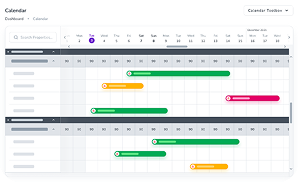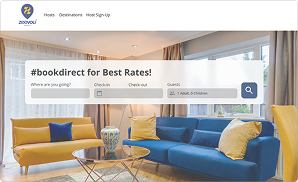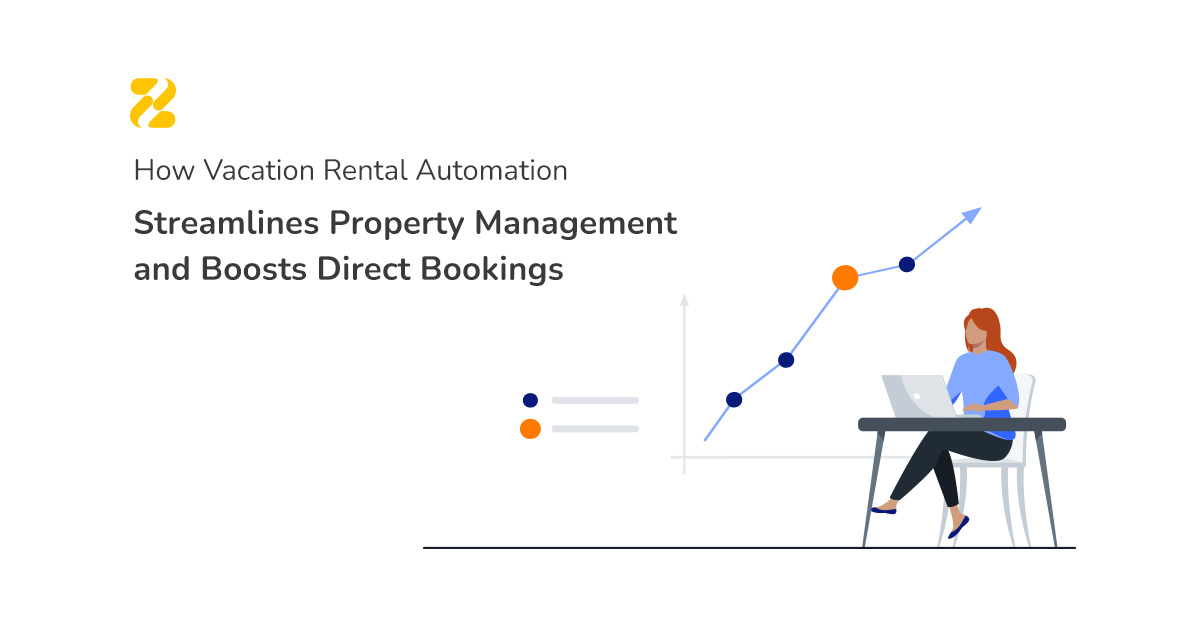Vacation rental managers can use several tools these days to maximise their revenue and streamline the booking process. Of course, anyone in the business wants to increase their properties’ visibility using various booking platforms, commonly known as OTAs (Online Travel Agencies). However, the more you use OTAs or other booking channels, the higher the possibility of overbookings.
An availability calendar is an immediate, straightforward solution to address this problem. A proper calendar, especially with a sufficient channel manager, helps you avoid this problem to a great extent.
With a professional availability calendar, you can effortlessly track your vacation rental bookings and more. In this article, we’re going to discuss different aspects and advantages of availability calendars and also other types of calendars. These come in handy, particularly when running multiple properties or offering longer-term rate plans such as weekly or monthly.
Table of Contents
Benefits of Having a Competent Availability Calendar
A vacation rental calendar should have two primary features: ease of use and reliability. Remember, the ultimate goal of using an availability calendar is to achieve high occupancy rates while avoiding overbookings.
One of the main objectives of an availability calendar is to organise bookings and save time and energy. These calendars are available in different forms and versions, such as iCal calendars and calendars with API connections.
Advertising on Third-Party Sites
The first tool for increasing your properties’ exposure is to use third-party sites like OTAs and other booking channels. You can market your rentals to thousands of potential guests on listing sites, such as Airbnb and Booking.com. This is a good strategy, especially for hosts at the initial steps of their business. But, you need to keep the data updated on all those platforms. This will be settled by a channel manager and a centralised calendar.
Some availability calendars are stand-alone applications. Others are part of a Property Management System (PMS) and channel manager. Using a sufficient channel manager, you can have one centralised calendar and sync it with any channel you work with.
It’s better to think and fully consider all aspects of your business, including its scale, your needs, and budget. Then, decide whether to use a separate calendar or one that is a part of a PMS.
An Availability Calendar Gives Your Guests the Necessary Information
An availability calendar allows your guests to get real-time information and view availability for their reservation dates. In addition to saving time, this feature improves guest experience right from the moment the guests make a reservation.
Getting More Direct Bookings through Your Own Website
Availability calendars can also sync with your direct booking website. This is vital to have listings on various channels. At the same time, it’s also essential to work on your website with the ultimate goal of getting more bookings. So, it’s important that if a booking comes from a channel, your website gets updated to avoid overbookings.
The Necessity of an Availability Calendar for a Multi-Property Business
Whether you’re running a single property or a portfolio, your calendar must have the ability to manage all of them. In the following sections, we’ll discuss this feature and other functionalities of a vacation rental calendar.
Multi-Unit Calendars
When you want to expand your business and diversify your portfolio, it is not only your revenue that increases; the hassle and confusion created by more operations will be doubled, as well. To overcome this obstacle, it’s better to have different pieces of data in one centralised hub. This is where a multi-unit calendar comes to your rescue. While using a centralised calendar, all the reservations are collected in one place, which results in easy booking management.
Why You Need a Competent Multi-Unit Calendar
While running multiple properties, you might want to hire more staff which multiplies your workload as a manager. But, your centralised calendar gives your staff a clear overview of their schedule. So, they can handle a huge amount of the job without bothering you for any tiny piece of information.
Managing multiple properties requires a clear visual overview of all bookings at the same time. Another aspect of your business is effective rate setting. This can’t be done efficiently unless your revenue managers have a clear-cut overview of the rates for all unit types.
Unless you have the right tools, growing your vacation rental business is not a dream come true. Scaling your business can become a piece of cake if you’re aware of the latest technological solutions.
There are two main types of multi-unit calendars. One is specifically for bookings and the other for rates and availability. These calendars can help you achieve your income goals, yet at the same time avoid all these difficulties and confusion.
What Is a Booking Calendar and How to Use It to Increase Revenue?
You might run multiple properties in various locations and different cities. In this case, what you need is not just a booking calendar for each property but for each city. Having such a calendar makes it much easier to navigate multiple properties while saving you a lot of precious time. This way, you can spend more time finding new ideas and strategies to expand your business.
Moreover, it can provide you with the opportunity to create bookings and block dates directly from the booking calendar. Thus, it reduces the number of clicks and actions to sort quick fixes, eventually increasing your bookings and profit!
Colouring and labelling reservations, a booking calendar simply shows the source and state of all bookings in one glance. In addition, accessing the details of a reservation from the calendar will give you more flexibility regarding booking management.
Furthermore, a booking calendar must give you an overview of the cleanliness status of each unit. When the unit is marked dirty, your housekeeper will know a cleaning task is due to be taken care of. This level of automation not only clarifies the information you require in one instant but also helps your staff to get an organised overview of their tasks.
What Is a Rates and Availability Calendar and How to Use It to Increase Revenue?
You can simply guess the content of this type of calendar by its name: the rates and availability. This type of availability calendar allows you to see the booked and empty dates. It also shows the rates you set for each unit type, alongside any other restrictions.
A top-notch rates and availability calendar must display the total number of units for each unit type for each night. Having all this information in one spot, you can analyse your rates and decide which ones need to be changed, resulting in higher occupancy.
Moreover, some property managers might be looking for ways to attract business travellers or offer longer stays. This is a point you need to carefully consider when choosing a PMS and rates & availability calendar. You should look for features that meet the new requirements.
Bear in mind that with all the market’s smart tools, you’ve got the chance to work with dynamic pricing software. These tools help you optimise your rates based on price recommendations and maximise revenue and occupancy for your listings. However, you must use a professional channel manager to push your rates to all the platforms you have listings on.
Thus, you can modify the price and check-in/out restrictions directly from the calendar without worrying about syncing the data.
Bottom Line
Availability calendars can serve much more than just showing available dates and booking status. Whether you are an investor or property manager just starting, it is suggested to use a proper channel manager and PMS right from the beginning. An organised availability calendar is a must if you want to manage your properties successfully. Finding one with exceptional rates and availability and booking calendars can make a huge difference in your success.




